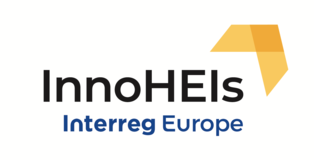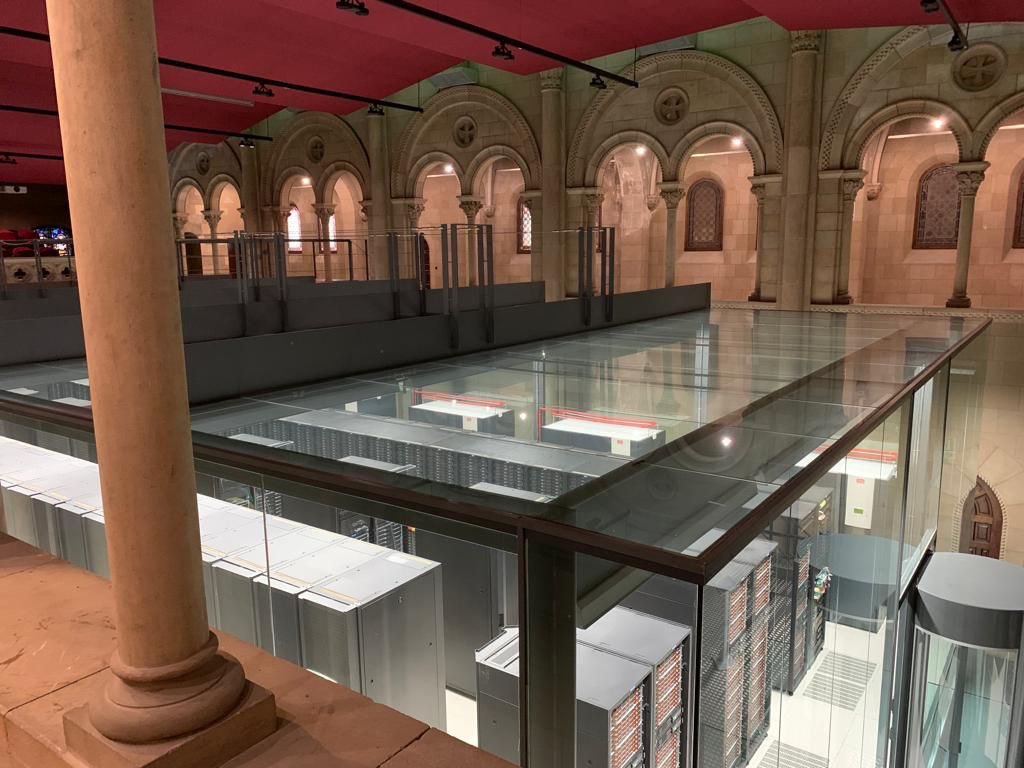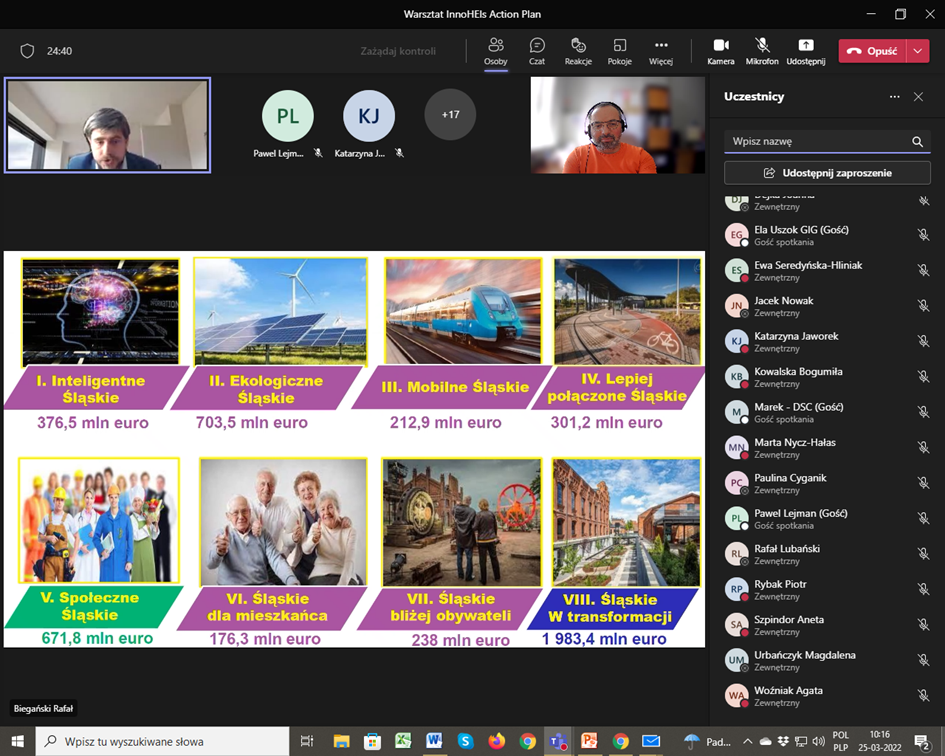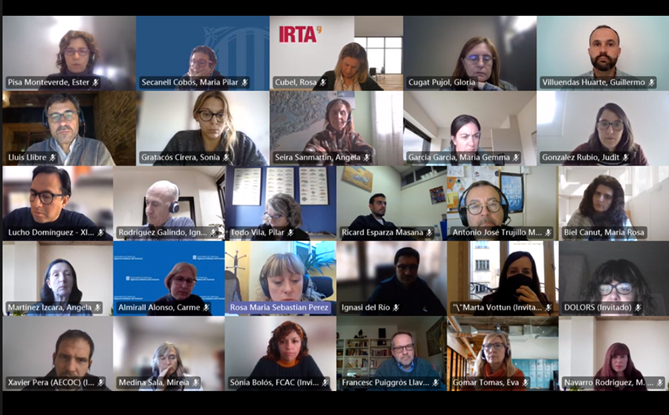Development of Manufacturing Industry Ecosystem Infrastructure in Finnish Pirkanmaa region is in good speed
The Manufacturing Industry Infrastructure Development Group received a review of current recovery efforts in the region, and infrastructure mapping, gap analysis and visualization carried out in the InnoHEIs project.
Twenty members attended InnoHEIs project’s stakeholder meeting in December. Lively debate and numerous development proposals emerged. Päivi Myllykangas from Council of Tampere Region gave valuable information on change of EU’s program period, Finland’s Sustainable Growth program, and current actions.
A sustainable future will be made together
According to Myllykangas, two strong trends emerging from Pirkanmaa region are internationalisation and digitalisation. COVID-19 pandemic has affected the region in various ways.
A regional survival plan has been made, with number of development actions. Many of them directly coincide with the themes of the InnoHEIs project, including green and digital transition in manufacturing industries, development of skills and learning, more efficient use and accessibility of research activities as competitive factors.
Green and digital transition nationwide
Myllykangas underlined that we need a national program to develop companies and their operating environment.
“Particularly investments in research and development infrastructure and learning environments have fallen behind in Finland. Development actions include digitalisation of products and manufacturing, improving energy and material efficiency, application of artificial intelligence, and data economy development”, she said.
Senior Officer Marja-Riitta Mattila-Nurmi from the Council of Tampere Region stressed the potential of ecosystem cooperation to tackle common challenges. Joint projects could be built on basis of “challenge bundles”. It is also worth considering how to get projects into continuous mode of operation and towards more sustainable ecosystem model.
Development Manager Hanna-Greta Puurtinen from Tampere University of Applied Sciences (TAMK) informed the stakeholder group on infrastructure mapping carried out in the project. The mapping is supplemented by interviews and gap analysis, and a draft of regional analysis has also been formulated. First visualization has been made on basis of all collected data.
Innovation snapshot and infrastructure mapping as tools
The group familiarized themselves with the regional snapshot of infrastructures published in November 2020 and discussed further measures. Mapping inspired the audience to a lively discussion.
“In the mapping we received valuable information about the conditions, limitations and possibilities of the use of manufacturing industry infras in our region. We compiled information on linkages between infras, their funding and staffing, and maturity level of technology. We surveyed their sustainability, climate and circular economy related issues, and examined whether current actors meet those challenges”, Mattila-Nurmi explained.
Abilities and skills capacity
TAMK’s Senior Lecturers Petri Pohjola and Timo Rainio presented the infra survey. They stated that too often the infras are used only by researchers, although they could and should be used more widely.
The group also discussed the importance to look for abilities rather than equipment. Capabilities bring continuity and longevity, and they are key in maintaining skills capacity. The group suggested that students could profit from infrastructure offerings during their studies. At the same time, they could market the infra opportunities to businesses. It is essential to ensure availability of future talents and attractiveness of manufacturing industry.
Infrastructure cooperation should be integrated in strategies
The meeting participants also discussed on how infra cooperation should be reflected in various infra operators' own strategies, objectives and alignments of future projects. It is also important to keep upper secondary vocational education institutions involved in the development work while maintaining close contact with universities of applied sciences.
The marketing of services in manufacturing infrastructure should be pragmatic. The marketing should be concrete and understandable. Infra cooperation must be attractive to both talents and companies, and the effectiveness and benefits should be clearly seen.
Finally, Mattila-Nurmi presented EU Policy Learning platform, which collects good regional practices. “The platform gives us a great opportunity to spread working models to other areas. From Pirkanmaa region we have, among others, presented models of innovation snapshot, visualisation of RDI Ecosystem and alliance type project working”.
Link to Tampere Region RDI Ecosystem Infrastructure visualization: tieto.pirkanmaa.fi/inno/pages/syventymat/valmistavateollisuus_visualisointi.html









